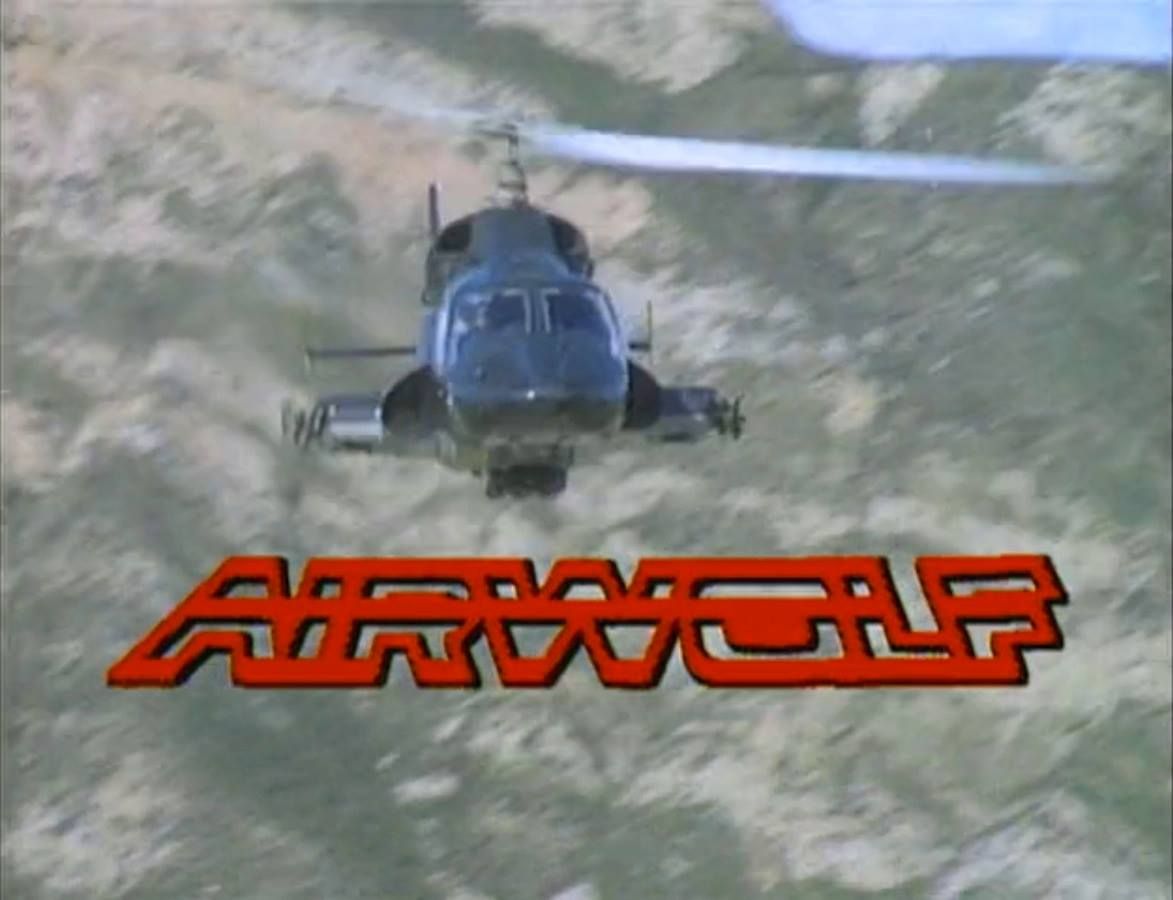Introduction
In the mid-1980s, television audiences were treated to a symphony of rotor blades and the iconic howl of a supersonic helicopter in the high-flying series, “Airwolf.” Airing from 1984 to 1986, this action-packed show took viewers on a thrilling ride with its state-of-the-art military helicopter, blending espionage, high-tech gadgets, and aerial acrobatics. As we embark on an extensive exploration of “Airwolf,” we’ll delve into its inception, characters, technological marvels, impact, and the lasting legacy of this cult classic.
Setting the Stage for “Airwolf”
Concept and Development
“Airwolf” took flight as the brainchild of Donald P. Bellisario and produced by Universal Television. Riding on the success of military-themed action shows like “Knight Rider” and “The A-Team,” Bellisario envisioned a series that would combine high-stakes espionage with cutting-edge aviation technology. The result was “Airwolf,” a show that would redefine the aerial action genre.
The Star of the Show: Airwolf
At the heart of “Airwolf” was the eponymous helicopter, a cutting-edge, high-tech marvel equipped with advanced weaponry and unmatched speed. This supersonic helicopter, codenamed Airwolf, became the central focus of the series, capturing the imagination of viewers with its sleek design and formidable capabilities.
The World of “Airwolf”
Premise and Format
“Airwolf” unfolded as a military action drama centered around the covert operations of the titular helicopter. The series followed the adventures of Stringfellow Hawke, played by Jan-Michael Vincent, a reclusive pilot tasked with piloting Airwolf on missions for the mysterious intelligence agency known as “The Firm.” The episodic format allowed for a diverse range of high-stakes missions, blending espionage with aerial dexterity.
Technological Marvels
“Airwolf” was a showcase of advanced aviation technology, with the helicopter’s capabilities pushing the boundaries of what was considered possible at the time. From supersonic speed to stealth mode and a formidable arsenal, Airwolf represented the pinnacle of fictional military hardware. The series provided a thrilling glimpse into a world where cutting-edge technology was at the forefront of covert operations.
Impact and Reception
Aerial Spectacle
“Airwolf” soared to new heights in terms of visual spectacle. The aerial sequences, featuring the helicopter’s maneuvers, became a defining element of the show. The combination of practical helicopter stunts and visual effects created a cinematic experience that captivated audiences, setting “Airwolf” apart in the realm of action television.
Global Popularity
The series gained international popularity, attracting viewers with its blend of action, technology, and espionage. Airwolf’s sleek design and powerful presence made it an iconic symbol of 1980s television, transcending borders and leaving a lasting imprint on the global cultural landscape.
Jan-Michael Vincent’s Stringfellow Hawke
Jan-Michael Vincent’s portrayal of Stringfellow Hawke added depth to the character. Hawke’s stoic demeanor, complex past, and his unique bond with the enigmatic “Lady,” the project’s creator, added layers to the narrative. Vincent’s performance resonated with audiences, making Hawke a memorable protagonist in the world of action television.
Characters and Cast
Stringfellow Hawke (Jan-Michael Vincent)
Stringfellow Hawke served as the central figure in “Airwolf,” and Jan-Michael Vincent’s portrayal brought a rugged charm to the character. Hawke’s internal struggles, love for the helicopter, and dedication to justice created a compelling character that resonated with viewers.
Santini Air Crew
The supporting cast, including Ernest Borgnine as Dominic Santini, Hawke’s mentor and confidant, added a familial dynamic to the series. The camaraderie between Hawke and Santini provided moments of levity amidst the high-stakes missions, enriching the overall character dynamics.
Behind the Scenes
Production Challenges
The production of “Airwolf” was not without its challenges. The show’s reliance on helicopter stunts and special effects incurred substantial costs, leading to budgetary constraints. Despite these challenges, the creative team successfully delivered a visually stunning series that pushed the boundaries of what was achievable on network television.
Legacy of Technological Imagination
“Airwolf” left an enduring legacy in the realm of technological imagination. The helicopter’s advanced features and the series’ portrayal of high-tech espionage influenced subsequent action and military-themed shows, leaving an indelible mark on the genre.
Enduring Legacy
Cultural Impact
The cultural impact of “Airwolf” resonates to this day. The helicopter, with its distinctive howl, became an iconic symbol of 1980s television. References to Airwolf continue to appear in popular culture, reflecting its lasting imprint on the collective memory of viewers.
Merchandising and Spin-Offs
The popularity of “Airwolf” spawned a range of merchandise, including toys, model helicopters, and other collectibles. Additionally, the show’s legacy led to discussions of potential reboots and spin-offs, showcasing its enduring appeal among both nostalgic fans and new audiences.
Tribute in Popular Media
“Airwolf” is often referenced in various forms of media, paying homage to its influence on action and aviation-themed storytelling. Whether in films, television shows, or video games, the legacy of Airwolf endures as a touchstone for those who appreciate the marriage of cutting-edge technology and high-flying adventure.
Fan Appreciation and Nostalgia
Devoted Fandom
Decades after its original run, “Airwolf” maintains a devoted fanbase. Online communities, fan forums, and social media platforms serve as hubs for enthusiasts to share their appreciation for the series, discuss favorite episodes, and reminisce about the impact of Airwolf on their childhoods.
Nostalgic Resonance
For those who experienced the excitement of “Airwolf” during its original broadcast, the series holds a special place in their hearts. The nostalgic resonance of the helicopter’s distinctive howl, the thrilling aerial sequences, and the enigmatic Stringfellow Hawke create a sense of nostalgia for an era when television transported audiences to extraordinary realms.
Conclusion
“Airwolf” (1984–1986) stands as a testament to the golden age of action television, where high-tech marvels and daring adventures dominated the small screen. The series’ blend of cutting-edge aviation technology, espionage, and memorable characters contributed to its enduring legacy. As we revisit the adventures of Stringfellow Hawke and the soaring helicopter that captured the imagination of millions, it becomes clear that “Airwolf” remains a timeless symbol of 1980s television, continuing to soar in the skies of pop culture nostalgia.
